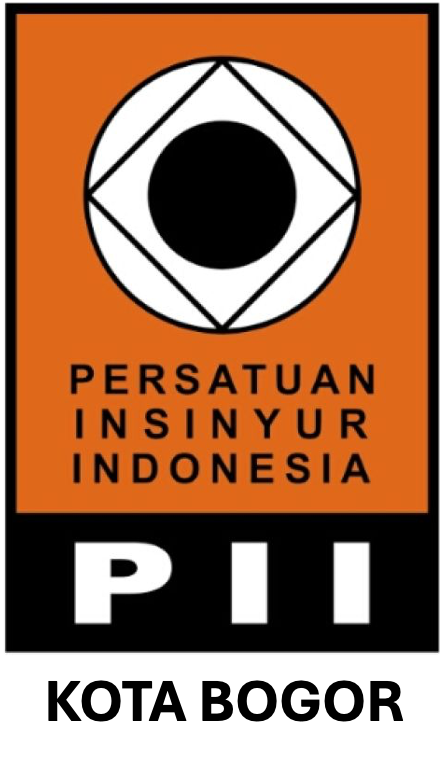Water Credit Analysis of Water Conservation Infrastructure Unit in Prumpung Watershed (DAS), Tuban District, East Java
Abstract
Water credit is the activity to increase groundwater by increasing infiltration. The purpose of this research were to design and to analyse water credit of water conservation infrastructure unit in Prumpung DAS. The research consisted of prediction rainfall analysis, designing and water credit analysis of each water conservation infrastructure. The result showed that water credit of single artificial well unit were Rp 6.160.832 to Rp 9.555.674 per m3/year for mediterranean soil, Rp 30.804.158.249 to Rp 47.946.013.645 per m3/year for grumosol soil, and Rp 10.589 to Rp 16.464 per m3/year for regosol soil. Water credit of communal artificial well unit were Rp 10.498.475 to Rp 11.200.082 per m3/year for mediterranean soil, Rp 52.492.374.552 to Rp 56.443.974.147 per m3/year for grumosol soil, and Rp 17.426 to Rp 19.194 per m3/year for regosol soil. Water credit of rorak unit were around Rp 198.701 per m3/year for mediterranean soil and Rp 993.514.151 per m3/year for regosol soil. Water credit of water retention unit were around Rp 14.16 per m3/year for mediterranean soil, Rp 2.125 per m3/year for grumosol soil and Rp. 850 per m3/year for regosol soil.Downloads
Authors who publish with Jurnal Teknik Sipil dan Lingkungan, JSIL agree to the following terms:
a. Authors retain copyright and grant the journal right of first publication with the work simultaneously licensed under a Creative Commons Attribution License that allows others to share the work with an acknowledgment of the work's authorship and initial publication in this journal.
b. Authors are able to enter into separate, additional contractual arrangements for the non-exclusive distribution of the journal's published version of the work (e.g., post it to an institutional repository or publish it in a book), with an acknowledgment of its initial publication in this journal.
c. Authors are permitted and encouraged to post their work online (e.g., in institutional repositories or on their website) prior to and during the submission process, as it can lead to productive exchanges, as well as earlier and greater citation of published work (See The Effect of Open Access).










